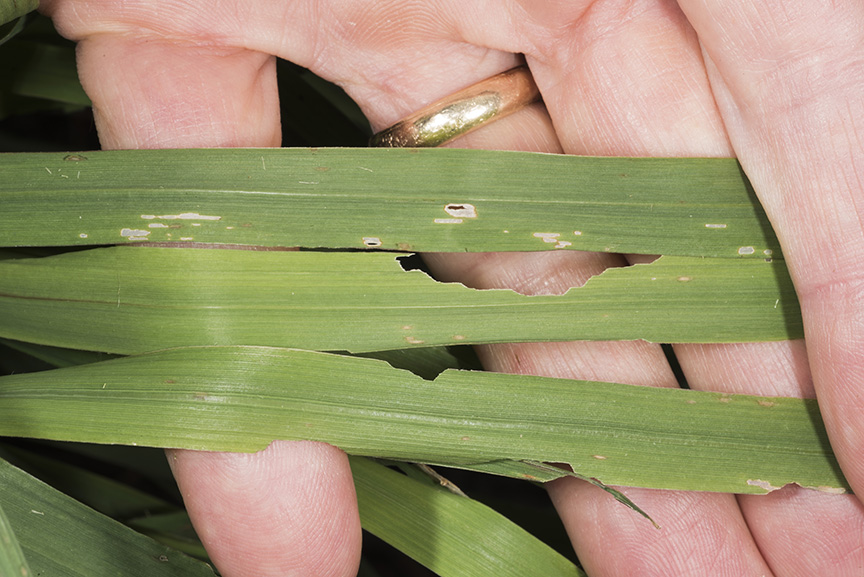
Over the past six weeks, armyworm moth captures at the Purdue Ag Research Centers (see accompanying “Armyworm Pheromone Trap Report”) have been variable.


Over the past six weeks, armyworm moth captures at the Purdue Ag Research Centers (see accompanying “Armyworm Pheromone Trap Report”) have been variable.

Could this be a cutworm year? Rainfall has delayed field work (e.g. weedy fields) and corn planting (i.e., lots of emerging corn).
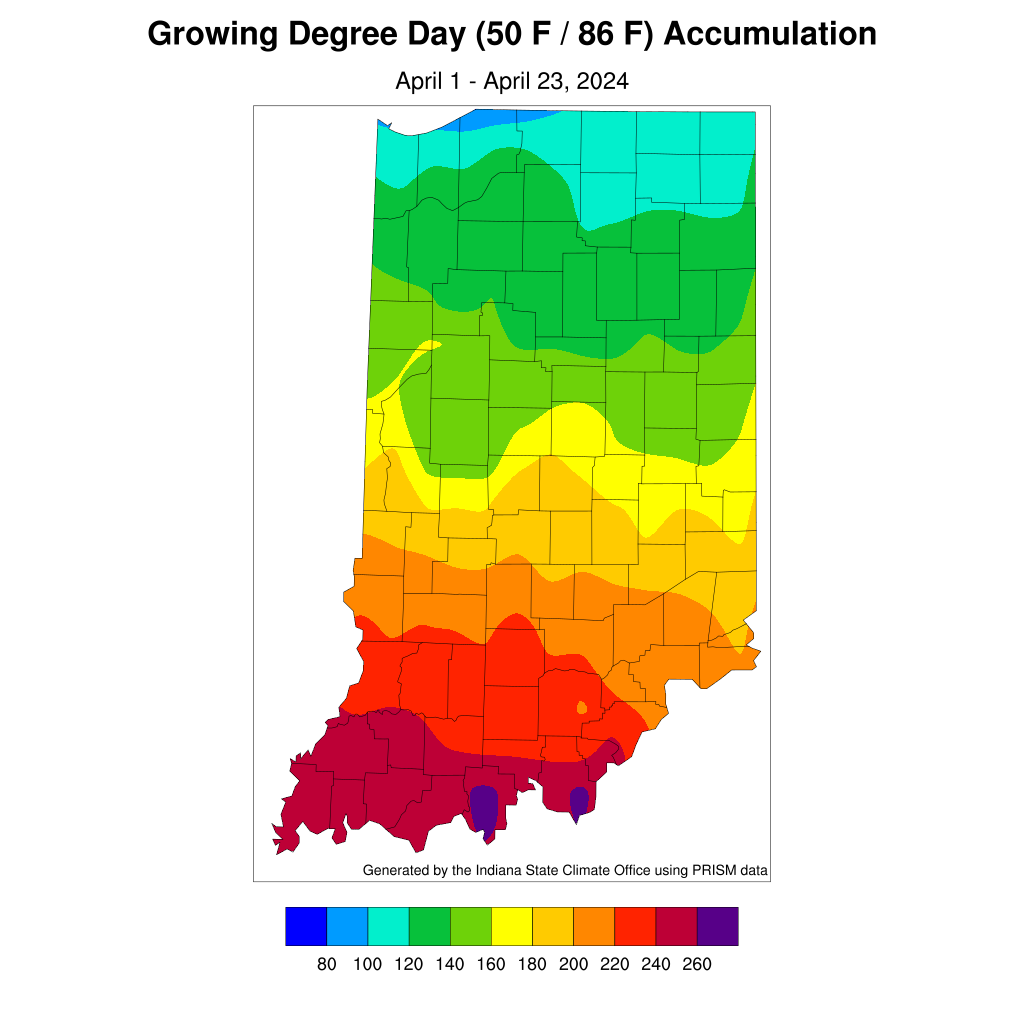
Locally, we have been impressed with the number of black cutworm moths captured in our pheromone traps the last few weeks.
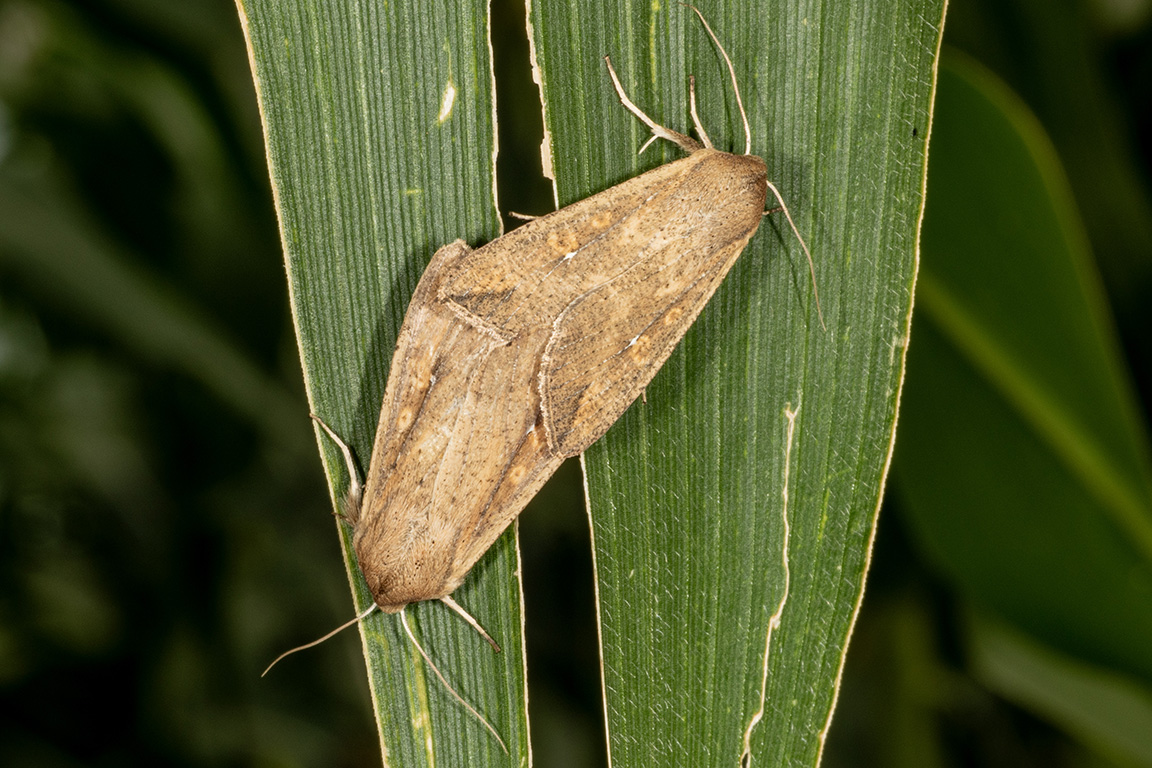
Over the past two weeks, armyworm moth captures at the Purdue Ag Research Centers (see accompanying “Armyworm Pheromone Trap Report”) have been variable, certainly not eye-popping!
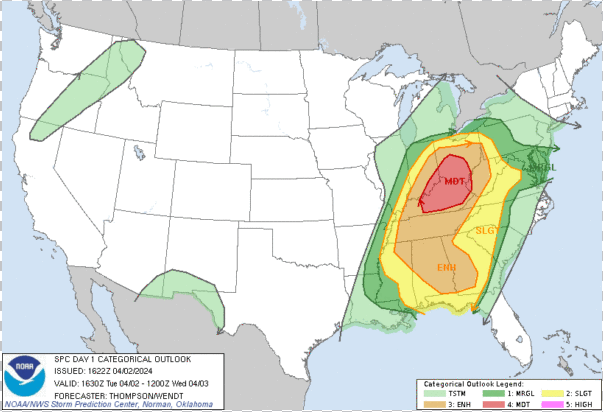
For the last couple of weeks, storms originating in the Southwestern U.S. have effectively “vacuumed up” black cutworm (BCW) moths and deposited them, along with rainfall, in the Midwest.
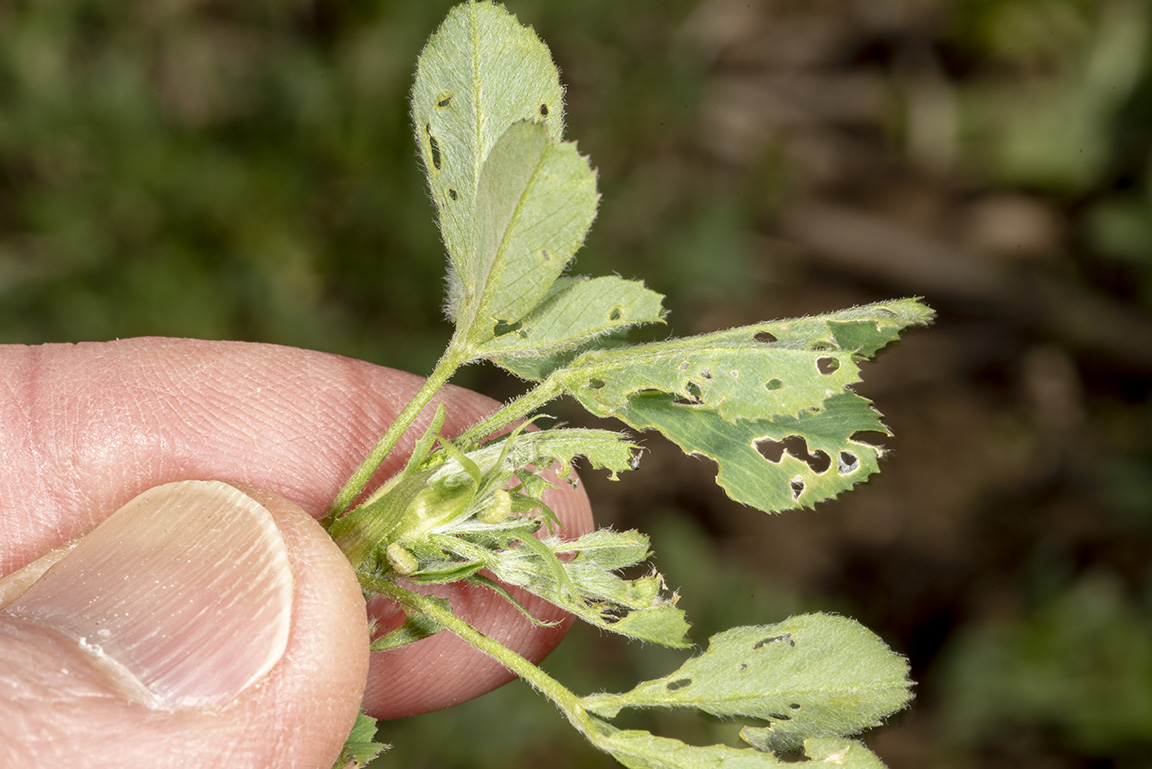
Pest managers in southern Indiana should now be scouting their alfalfa for leaf feeding from weevil larva.
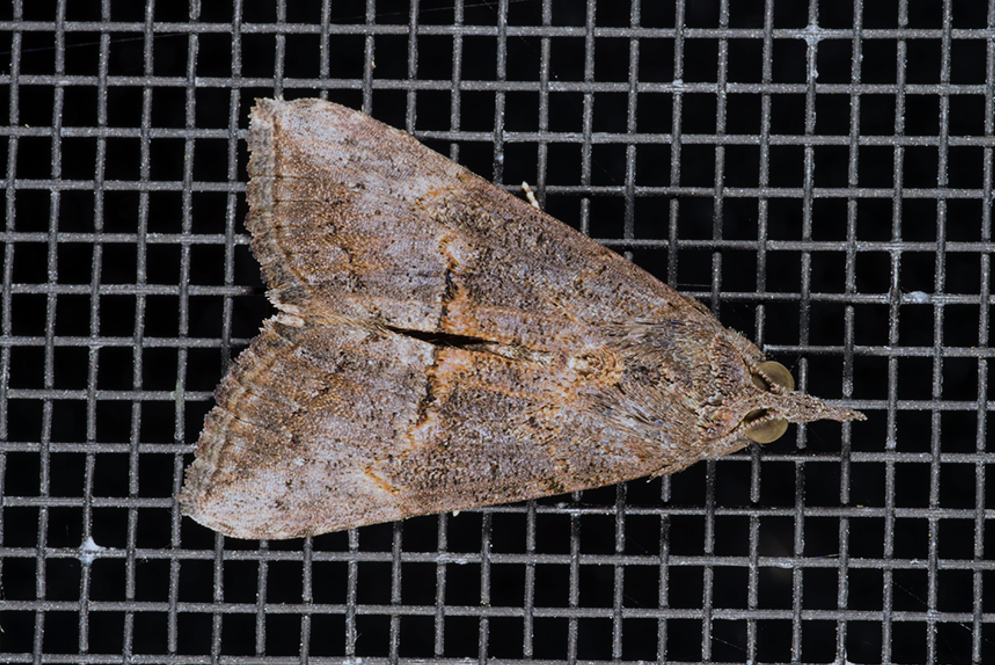
We’ve received questions about black, triangular moths flying around farms, homes, and yards, and especially to lights at night.

This is a wonderful time of the year in the Hoosier state, as we drive through the countryside, we are greeted with the pleasing sight of several colorful butterfly species gliding across and roads, near puddles of water, or on fall flowering plants.
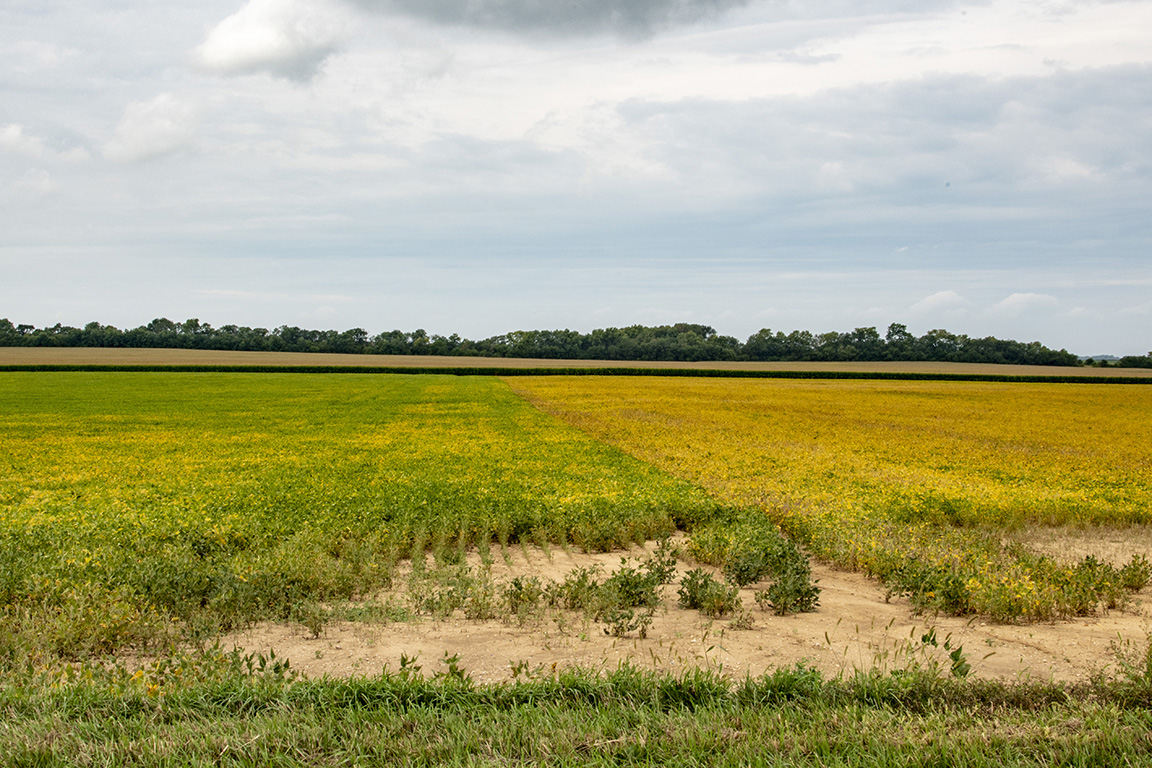
Though Japanese beetle numbers and their defoliation to soybean typically get lots of mid-season attention, their pressures seemed to be lower this year.
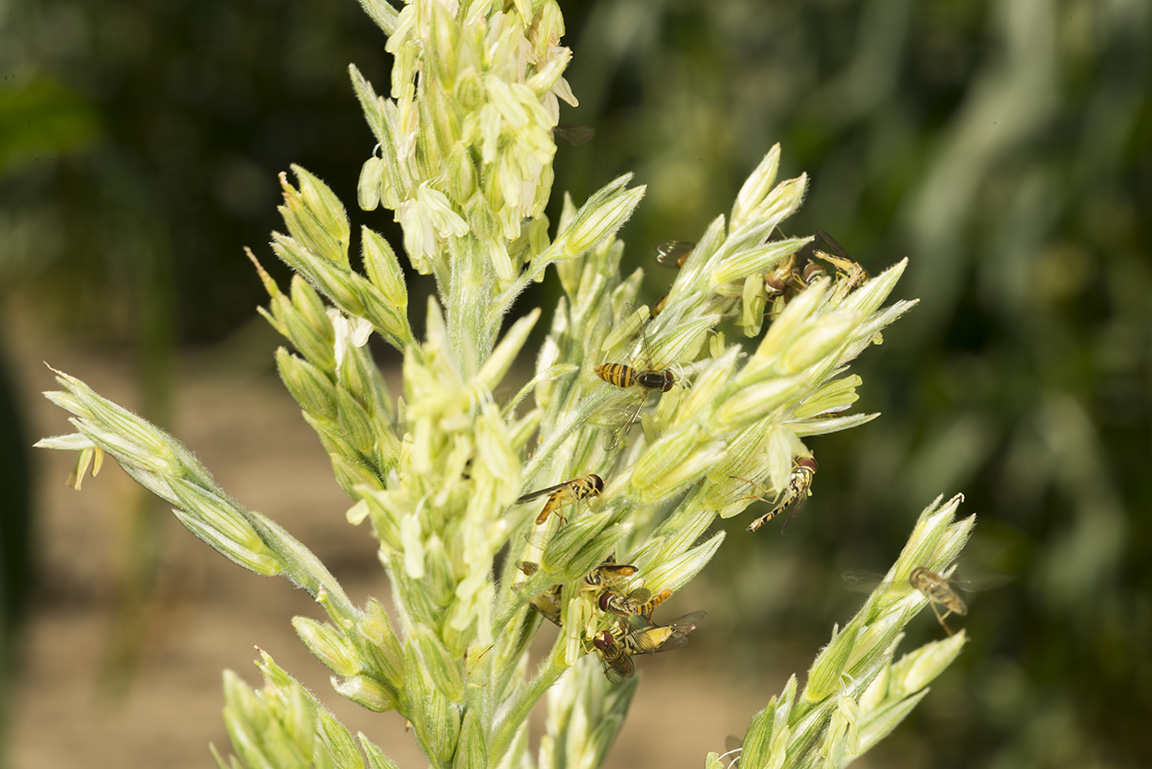
Increasingly, we are getting inquires of swarms of “bee-like” flies around Indiana fields, farmsteads, and rural environments, and wanted to take the opportunity to tell you a bit about this curiosity.
© 2026 Purdue University | An equal access/equal opportunity university | Copyright Complaints | Maintained by Pest&Crop newsletter
If you have trouble accessing this page because of a disability, please contact Pest&Crop newsletter at luck@purdue.edu.